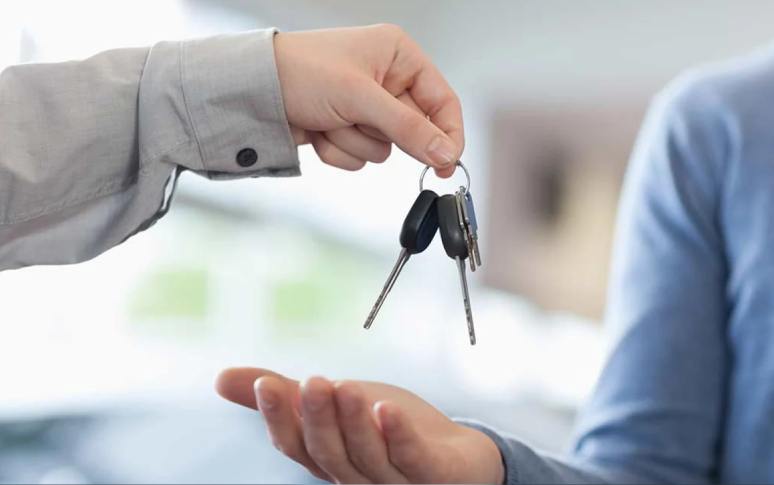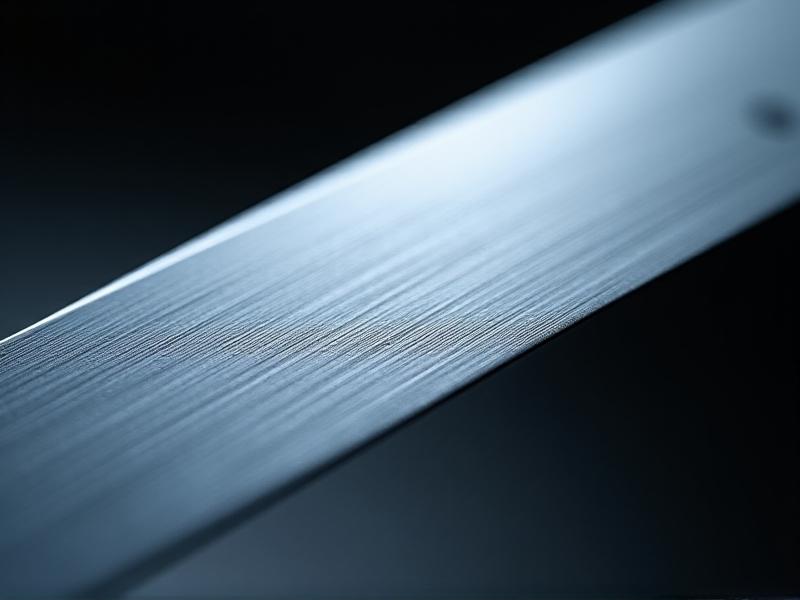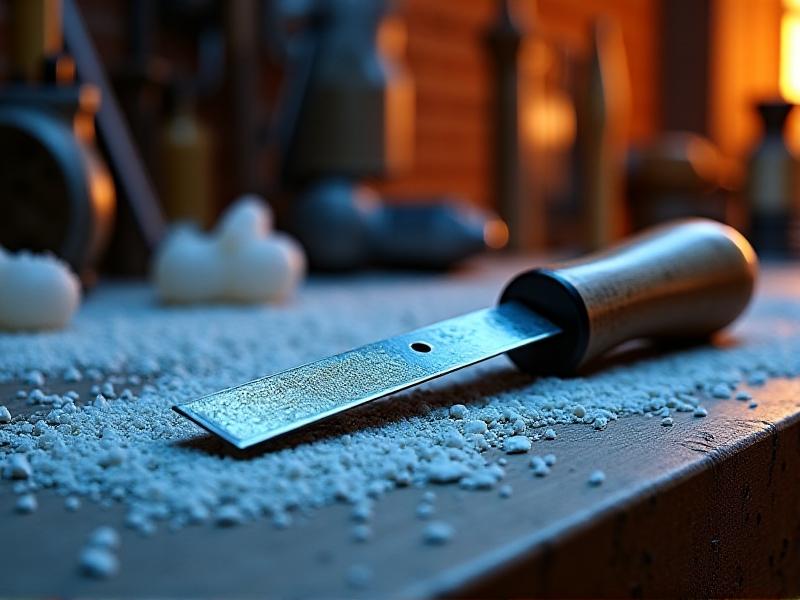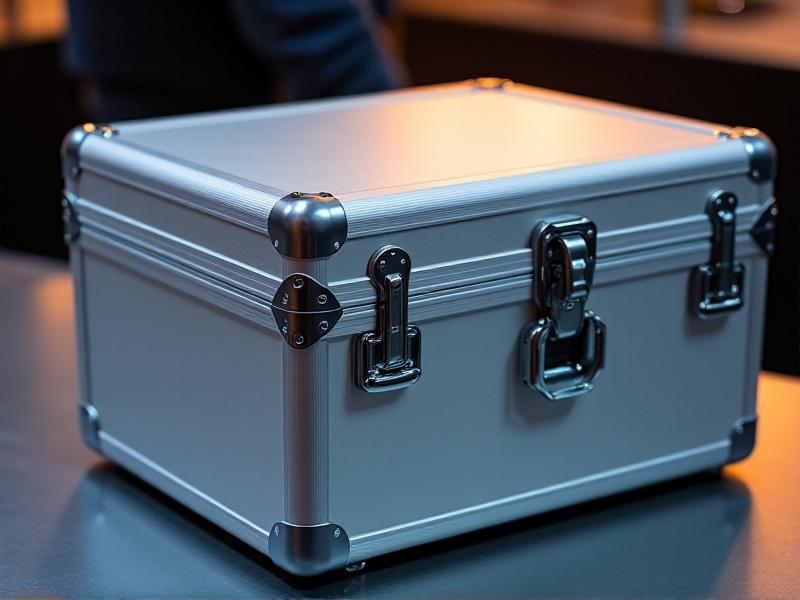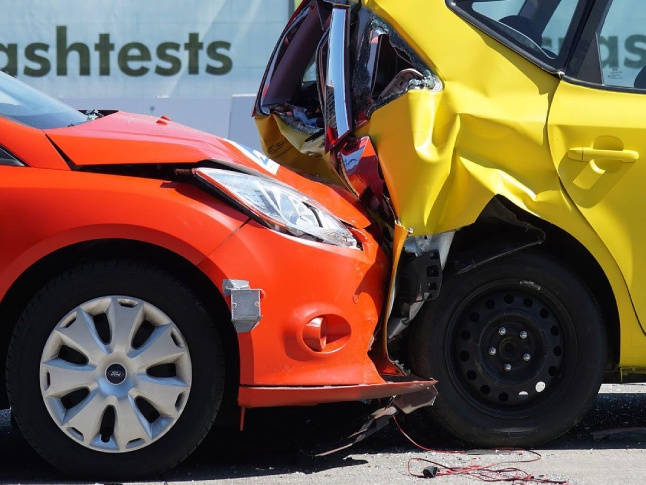8 Top Tips For Inspecting A Used Car Like A Pro
Buying a secondhand automobile can save you money, but it also comes with hazards. To make sure you get a good car, you need to look at it like a pro. Here are some great tips and a helpful list.
1. Exterior Inspection
Condition of the Body
Check for scrapes, dents, and corrosion. It's a worry that there is rust in the wheel wells and undercarriage. Look for paint that is uneven or doesn't match, which could imply that repairs were made before. Make sure the panels are lined up; panels that aren't lined up could mean that there was an accident.
Wheels and Tires
Check the depth of the tire tread. Tires that are worn out are not safe. Look for signs of uneven wear, which could mean problems with the suspension or alignment. Check the wheels for damage or scratches from the curb.
Windows and Windshield
Look for chips or cracks in the windshield. You can mend little ones, but big ones might need to be replaced. Make sure the windows go up and down smoothly and silently.
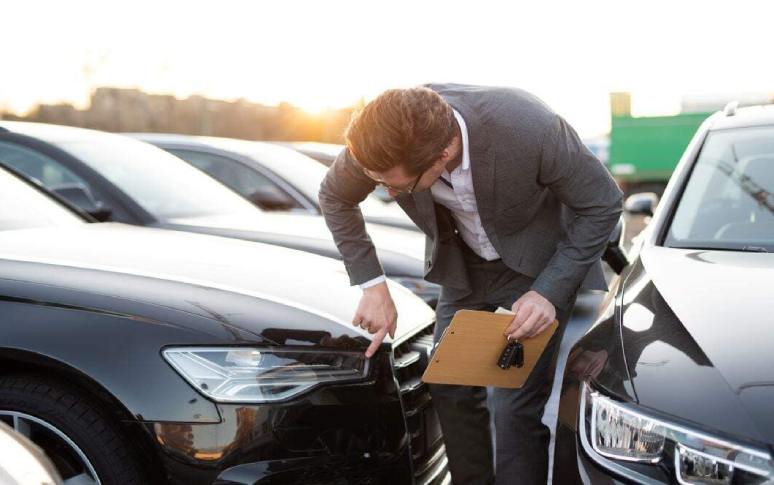
2. Interior Inspection
Upholstery and Seats
Check the seats for stains, tears, or too much wear. Look at the adjustability for the seats. Check carpets for stains or damage.
Controls and Dashboard
Check that the lights and gauges on the dashboard operate. Check the radio, climate control, and other settings. Check the dashboard for damage or wear.
A clean inside is a good indicator. Look for smells like mold or smoke.

3. Engine Inspection
Fluids and Oil
Look at the oil level and condition. If the oil is dirty or low, it could mean that you haven't taken care of it. Check the other fluids. Check for leaks.
Check the condition of the belts and hoses. Worn ones can cause problems. Make sure the attachment is correct.
The engine compartment Being clean
A clean compartment means that it is regularly cleaned. Check for rust or corrosion.
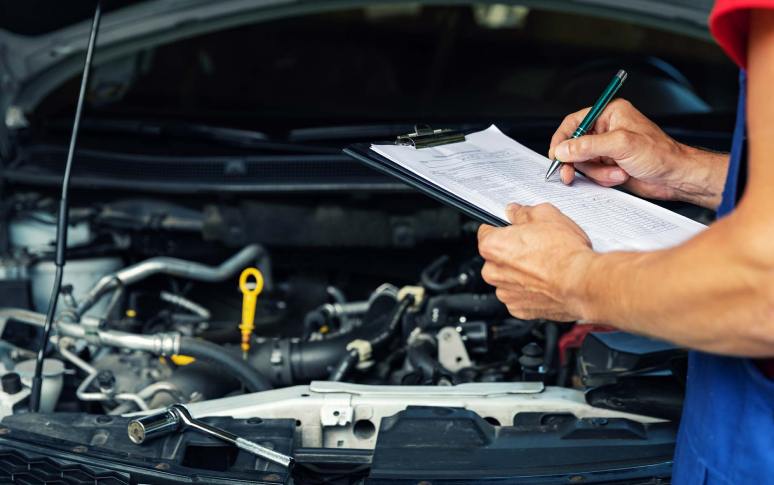
4. Underbody Inspection
Suspension
Check for wear or damage. Check your shocks and struts for leakage. Look for tires that are wearing unevenly.
The Exhaust System
Look for rust or damage on the pipe. Pay attention to strange sounds. Make sure it is attached correctly.
Rust on the Underbody
Check the frame and fuel tank for rust on the bottom of the car.
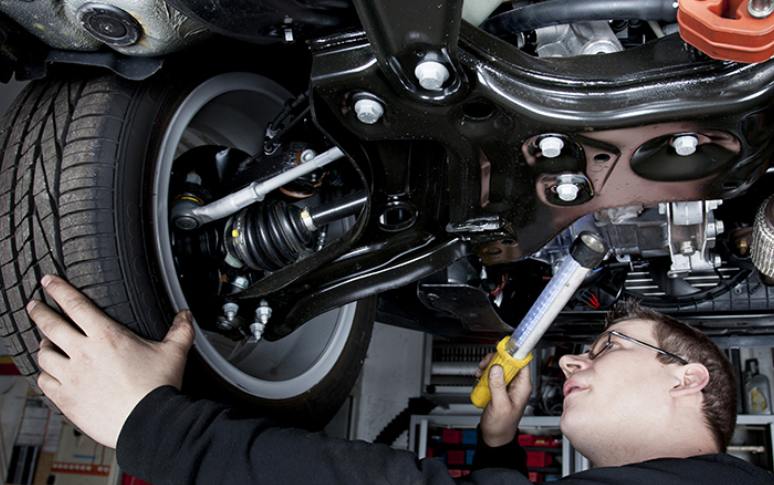
5. Test Drive
Braking and Speeding Up
Check the acceleration to see if it works smoothly. Check to see if the brakes work. Listen for sounds or vibrations.
Steering and Control
Check to see how responsive the steering is. Look for pulling or play. Check how it handles on different surfaces.
Sending
Change gears smoothly and listen for grinding or reluctance. Look for leaks.

6. Electrical Systems Check
Signals and Lights
Check that all of your lights are working, including your headlights, taillights, brake lights, and turn signals. Lights that don't work right can be dangerous and get you a penalty.
Accessories for electronics
Check the locks, windows, and mirrors on the car. Make sure the audio and any other electrical devices work properly.
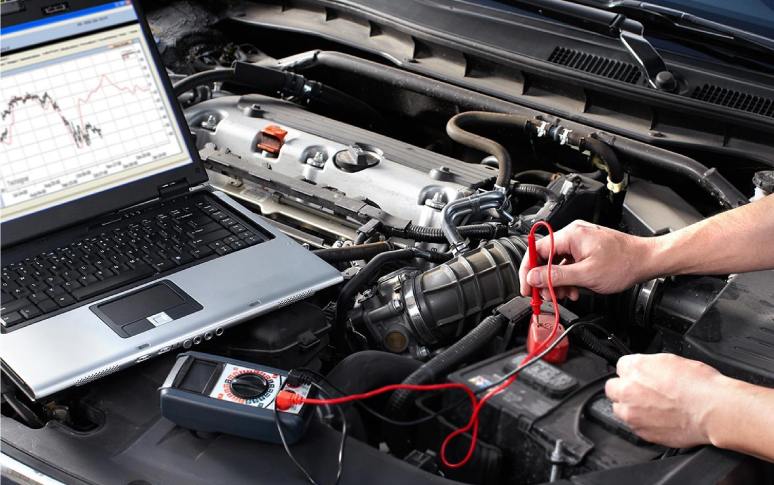
7. Documentation Check
Records of Service
Ask for and look over the history of maintenance. Look for things you do every day.
Registration and Title
Make sure the title is clean and the registration is up to date.
VIN Check
Check the history of the car to see whether it has been in any accidents or had any recalls.
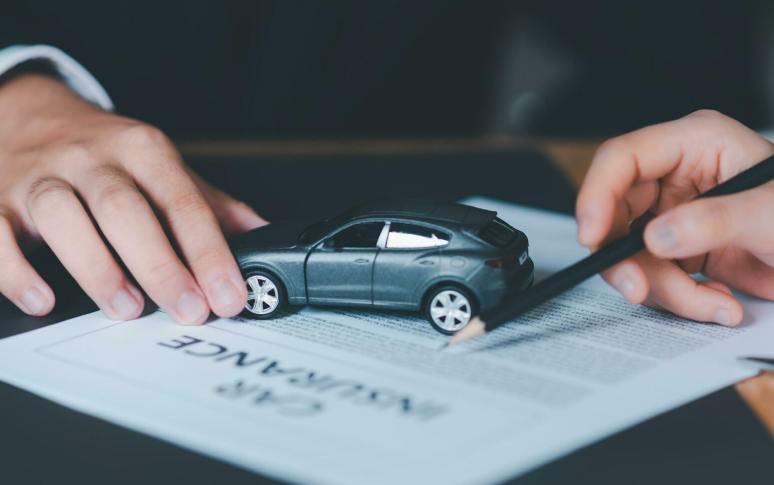
8. Conclusion
A decent used car purchase requires a thorough inspection. Use this list and these tips. Take your time, ask questions, and think about having a mechanic look at it. You can drive without any problems if you take care.
